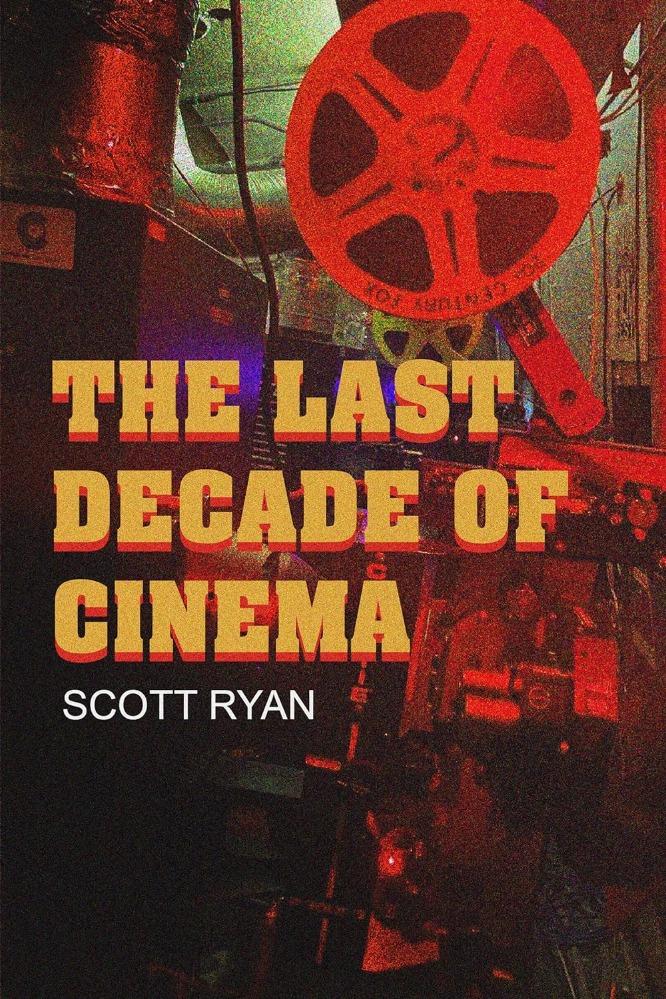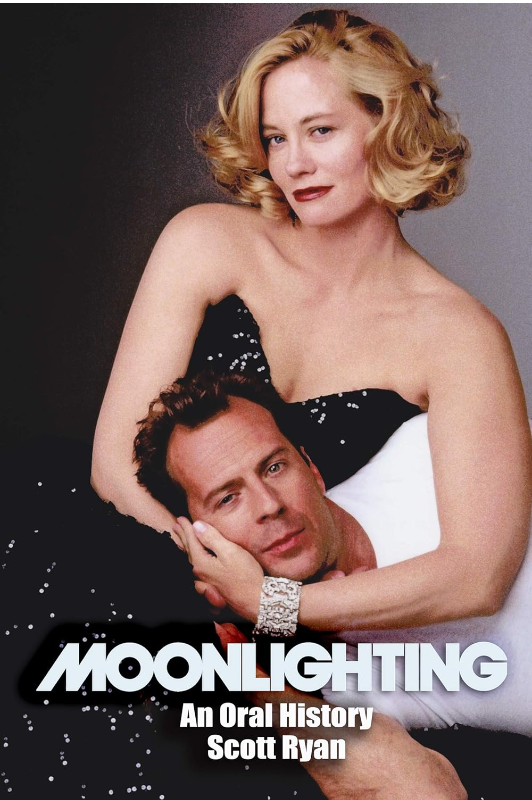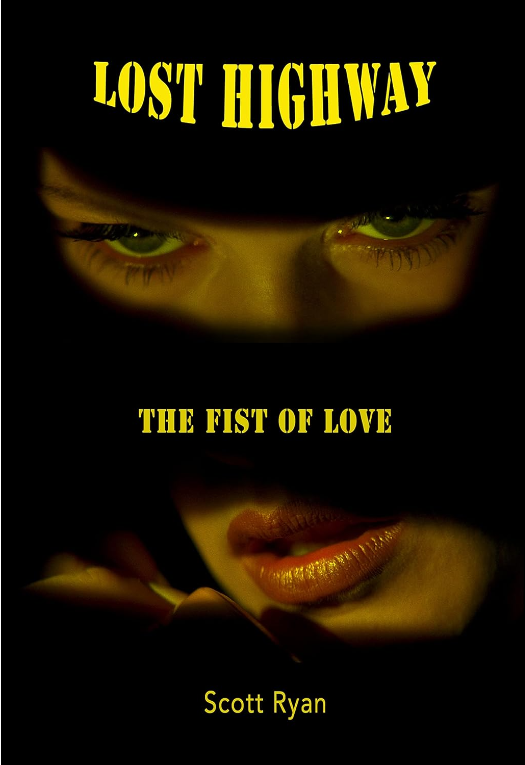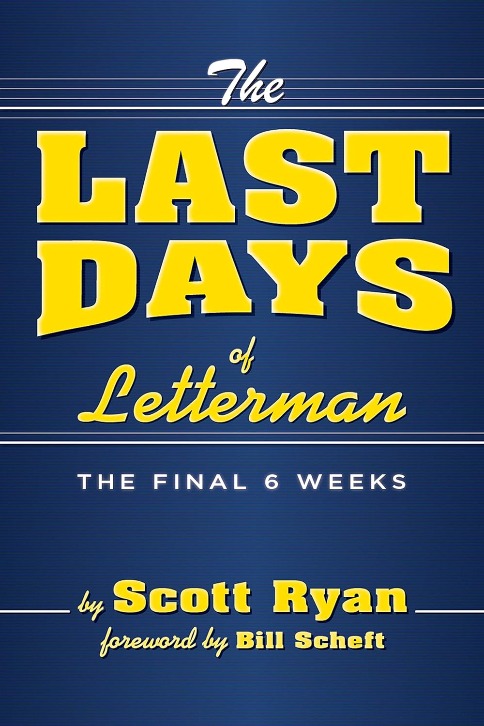Many film historians consider 1939 to be the greatest movie year ever. Its releases included classics like “The Wizard of Oz” and the now controversial “Gone with the Wind” that many still watch regularly. Others, including me, consider the 1970s to be Hollywood’s greatest decade, giving us two “Godfather” films, “Jaws,” the first “Star Wars” movie, and many others. For Scott Ryan, it’s the 1990s. But he doesn’t just consider the 1990s to be Hollywood’s greatest decade. He describes it as “the last decade of cinema for adults who wanted to think, feel, and be positively impacted by stories told through light and sound.” To show the appeal of 1990s filmmaking, Ryan selected 25 movies, two or three from each year of the decade, that were, in his view, representative of the art of cinema during the decade. He then wrote an essay about each film. Those 25 essays are the heart of “The Last Decade of Cinema.” Whether or not you agree with Ryan’s thesis, the essays contain helpful information,
not just about the 25 films or 1990s filmmaking, but about the cinema in general.
Ryan’s movies are an eclectic mix. They include box office blockbusters (“Pretty Woman,” “Terminator 2”) and all-time classics (“Pulp Fiction,” “The Shawshank Redemption”). However, they also include movies that have been largely forgotten today (“To Die For,” “Citizen Ruth”). And they include several films about hip, 20-something Gen Xers that seem to be on the list because the author was a 20-something Gen Xer when he first saw them (“Reality Bites,” “Two Girls and a Guy”). The essays in the book are not in-depth reviews of the 25 movies. Instead, “The Last Decade of Cinema” can best be described as a companion piece for anyone interested in watching (or rewatching) the films on Ryan’s list.
The movies in “The Last Decade of Cinema” are here because they are, in the author’s opinion, superior demonstrations of the art and craft of filmmaking. To prove his point, he often illustrates the techniques the directors, writers, and crew used. For example, in the discussion of Martin Scorsese’s “Goodfellas,” the author discusses the film’s famous tracking shot, in which the camera follows Ray Liotta and Lorraine Bracco when they go to the Copacabana Club on a date. The point of the scene isn’t to show that Martin Scorsese knows how to move a camera around for over three minutes. Instead, it illustrates the allure of flashy mob life that sucks Lorraine Bracco in more and more deeply as the scene goes on. (The author also tells readers when the scene begins and ends to help anyone who is watching it home in on the exact scene.) Later, in discussing the Hughes brothers’ “Menace II Society,” the author refers to a similar tracking shot. A very different criminal enters a very different nightclub, and the audience experiences the excitement in much the same way as in “Goodfellas.” Great technique is universal.
Similarly, the author often mentions the subtlety of these screenplays. Regardless of the decade, studios want to ensure audiences “get the point.” So, the scripts repeat themselves and overemphasize apparent points. The result is dialogue that isn’t realistic and insults viewers. By contrast, in these 25 movies, screenwriters often rely on audiences to figure out meanings without spoon-feeding them. For example, in “Reality Bites,” one character tells another: “You’re on the inside track to Losersville, USA. Just like him.” The “him,” in this case, is the second character’s father. In most movies, the script would have read, “just like your dad.” Here, however, the author notes that using the word “him” instead of “your dad” shows how well the two characters know each other, so they both understand the exact meaning of the sentence without the script spelling it out for them and the audience.
If you’ve never seen “Reality Bites” or saw it years ago and forgot the details, this previous paragraph may be difficult to follow. That’s the biggest problem in “The Last Decade of Cinema.” In his desire not to spell out every detail about a movie, the author sometimes omits too much, and his arguments are hard to follow. That’s especially true of the later entries in the book, as if the author felt the text was running long and had to edit it more tightly. The author includes several interviews with these movies’ directors, writers, and cast members. Sometimes, these interviews are informative; at other times, they sound like get-togethers for members of a secret society who use coded messages to communicate with each other.
The author is quite opinionated about many topics, from using cell phones in theaters (hates them) to DVD commentaries (loves them). In fact, many of the details the author describes in his essays came from interviews, commentaries, and making-of features on the DVDs. I often felt the author gave his opinions on some subjects just so readers would disagree with him. Most of his controversial statements (including why “Titanic” and “Forrest Gump” don’t make his list) are contained in the first 10% of the book, which is slow and often dull going. That section also explains how the author narrowed the thousands of movies released during the 1990s to these 25, complete with arbitrary rules. For example, he only included one film per director on his list. He also didn’t include genre films like horror and animation because he felt they were still alive and always marketed to their respective audiences. This fixation on describing his own rules makes the introduction feel anal-retentive at times.
As far as the merits of the author’s opinions. I disagree with several, but I don’t want this review to become a point/counterpoint argument. So, I’ll leave it to readers to form their own opinions and argue with the author if they want. For many readers, “winning” this type of argument with the author will be the most enjoyable part of “The Last Decade of Cinema.” I will note that the author worked in a video store in the early 1990s (like Kevin Smith and Quentin Tarantino), which introduced him to some movies he discusses in the book. That job also directly led to his lifelong love of film. Whether his opinions on cinema are right or wrong, his knowledge is often encyclopedic. Surprisingly, the movies the author discusses aren’t all among his personal favorites. Although he has seen (and loved) some of them many times, others he had never seen before researching the book.
Like the author, I’ve seen almost all these movies. Some quick research reveals that they are all available on DVD or streaming (to rent or own, if not subscription services). So, none of these are lost movies, and anyone willing to shell out a few bucks can see any of them. In my case, I will rewatch a couple of them in the upcoming months to pick up on the author’s insights and compare my opinions with his. I’m not today’s typical moviegoing audience, though. I’m not sure how the crowds that packed theaters last summer for “Barbie” will react to discussions about obscure films made before they started watching movies. However, the factors that make a movie excellent are the same in 2024 as in 1994 or my heyday of 1974. Scott Ryan points out many of those factors in his 25 films. For those interested in expanding their cinematic horizons and discovering some unknown or forgotten gems, “The Last Decade of Cinema” is a valuable and entertaining resource.
NOTE: The publisher graciously provided me with a copy of this book through NetGalley. However, the decision to review the book and the contents of this review are entirely my own.
In this clip, author Scott Ryan discusses The Last Decade of Cinema on the Mark Thompson Show podcast:
Read other reviews of The Last Decade of Cinema:
Scott Ryan is an author (Massillon Against the World, Moonlighting: An Oral History, Last Days of Letterman), a director (A Voyage to Twin Peaks), podcaster (Red Room Podcast), and editor (The Blue Rose Magazine). Scott has been published in the Fan Phenomena: Twin Peaks and the Sondheim Review. He has been covering Twin Peaks for years. His movie, A Voyage to Twin Peaks, captures the last Twin Peaks festival before the series returned. He is the Managing Editor with John Thorne on The Blue Rose Magazine. It covers Twin Peaks as well as David Lynch's work. He has written about two David Lynch films: Fire Walk with Me and Lost Highway. His newest book is 2024's The Last Decade of Cinema: 25 Unique Films from the Nineties.
Header Photo: "Riot Radio" by Arielle Calderon / Flickr / CC By / Cropped
Silver Screen Video Banner Photos: pedrojperez / Morguefile; wintersixfour / Morguefile
Join Button: "Film Element" by Stockphotosforfree
Twitter Icon: "Twitter Icon" by Freepik
Facebook Icon: "Facebook Icon" by Freepik
LinkedIn Icon: "LinkedIn Icon" by Fathema Khanom / Freepik
Goodreads Icon: "Letter G Icon" by arnikahossain / Freepik
Certain images on this site appear courtesy of Amazon.com and other sponsors of Silver Screen Videos for the purpose of advertising products on those sites. Silver Screen Videos earns commissions from purchases on those sites.
© 2024 Steven R. Silver. All rights reserved.







